CAZA’s Santuario de La Salle aims to ‘connect people to place and heritage’
CAZA’s Santuario de La Salle church pushes the boundaries of traditional religious design at the De La Salle University campus in the Philippines’ Biñan City
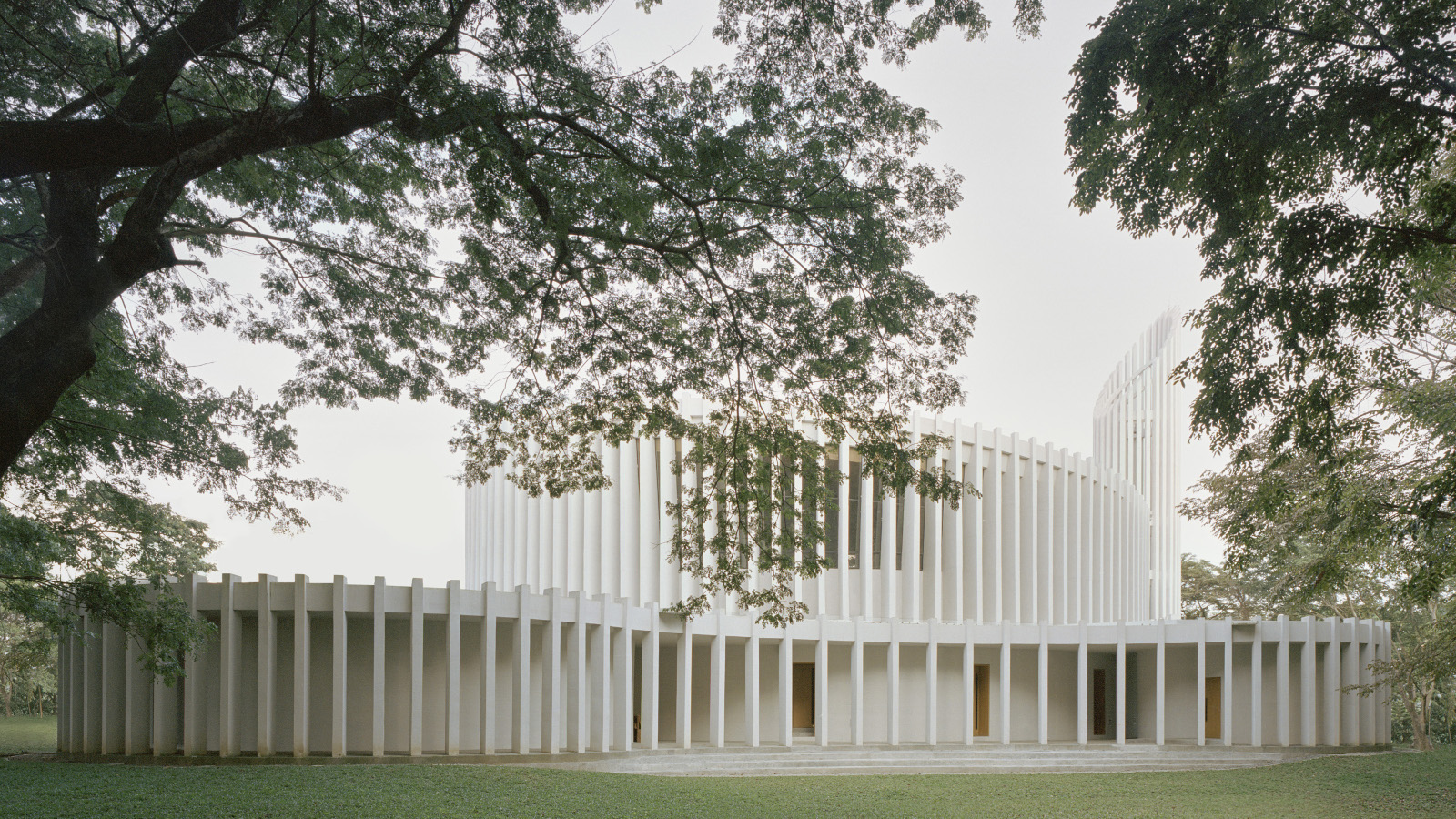
Santuario de La Salle by Carlos Arnaiz Architects (CAZA) is a refreshing take on traditional religious architecture at the De La Salle University campus in Biñan City, the Philippines. The church and community hub is exemplary of CAZA’s practice and sensitivity for exploring how architecture can 'shape meaningful experiences, enhance its context [and] connect people to place and heritage’.
The award-winning Santuario de La Salle (it scooped the 2023 A+ Award in the Religious Buildings & Memorials category) has been widely recognised as an outstanding structure in its genre and built landscape.
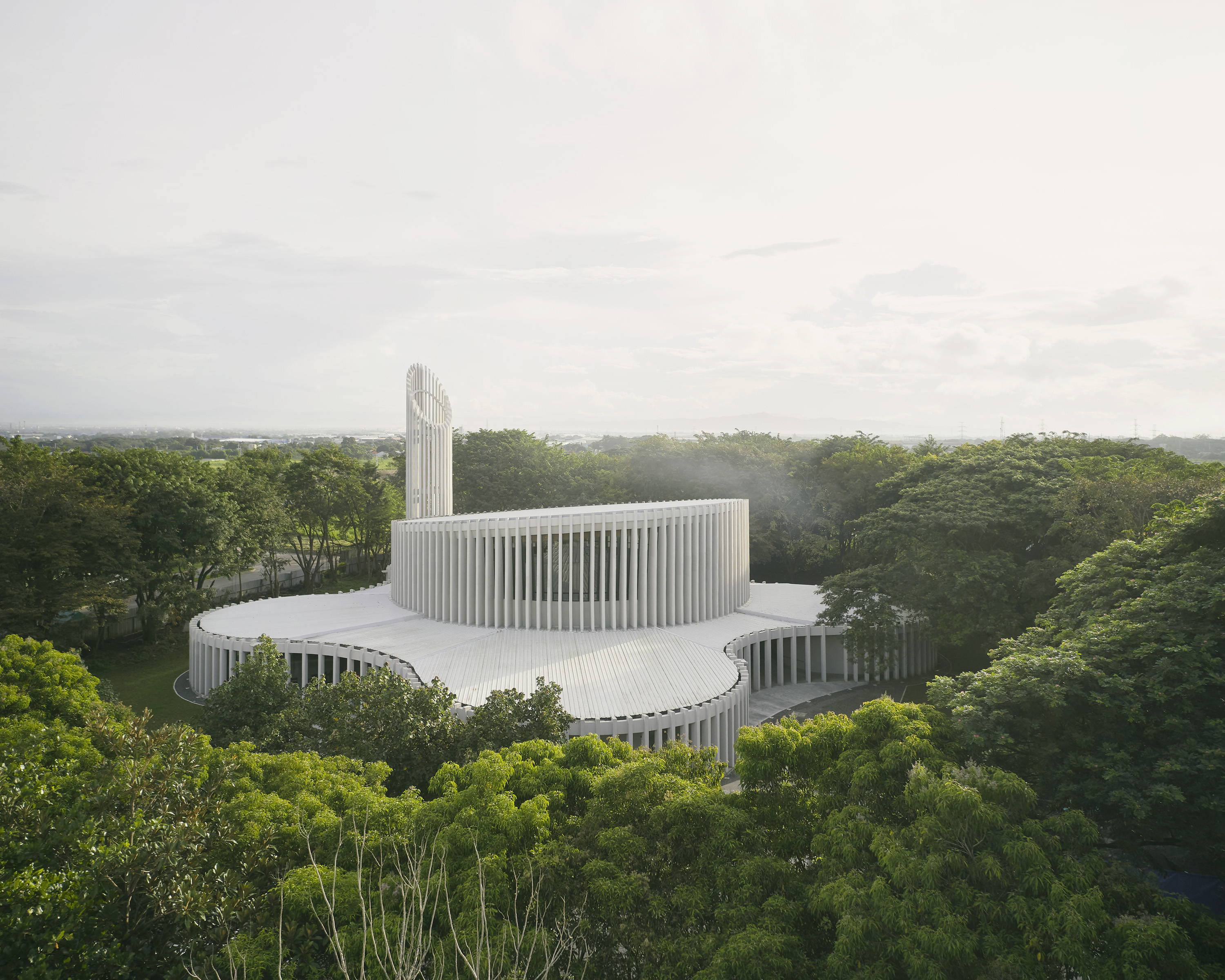
Santuario de La Salle
CAZA’s Santuario de La Salle at a glance

Santuario de La Salle
The building lies nestled within a leafy glade, naturally set apart from bustling scenes at the university campus. Named after the patron saint of teachers, John Baptist de La Salle, the space is designed to offer 'a different idea of spiritual inclusiveness' for educators, students and wider congregating communities.
At a glance, its strikingly white, organic shape is mysterious in its surrounding context. Only an abstractly formed steeple with a comparatively discreet crucifix alludes to its function. Made softer by the use of raw, textured materials, the structure bears an unexpected yet assured sense of belonging within the surrounding wooded landscape.
Crafting spatial and spiritual journeys

Santuario de La Salle
Vertical slats form a permeable outer skin, breaking up the wide, undulating volume and naturally endowing the structure with a sense of lightness and a sense of transparency. This outer skin also carves out a series of semi-outdoor moments, that help to gently transition congregants into more sheltered, sacred areas within.

Santuario de La Salle
Pockets of circular-shaped rooms linked by these transitionary spaces cater to different religious events at varying levels of formality. The structure is designed to take individuals on a spatial journey, leading them towards congregational hubs where they are made to feel part of a larger, connected group. In this way, the design is sensitive to ideas of individual and communal experiences of faith.

Inside Santuario de La Salle
Upon entering the main congregational space, the materiality smoothly transitions to softwoods and brass. In a double-height central core, celestial tilted ceiling features star-like lighting – delicately hanging pendants cast down soft beams of light. Despite representing a departure from the traditional shape of churches, the design does not entirely eschew it; clerestory windows wrap the congregational space’s circumference, to evoke the traditional experience of looking up towards the light.
Receive our daily digest of inspiration, escapism and design stories from around the world direct to your inbox.
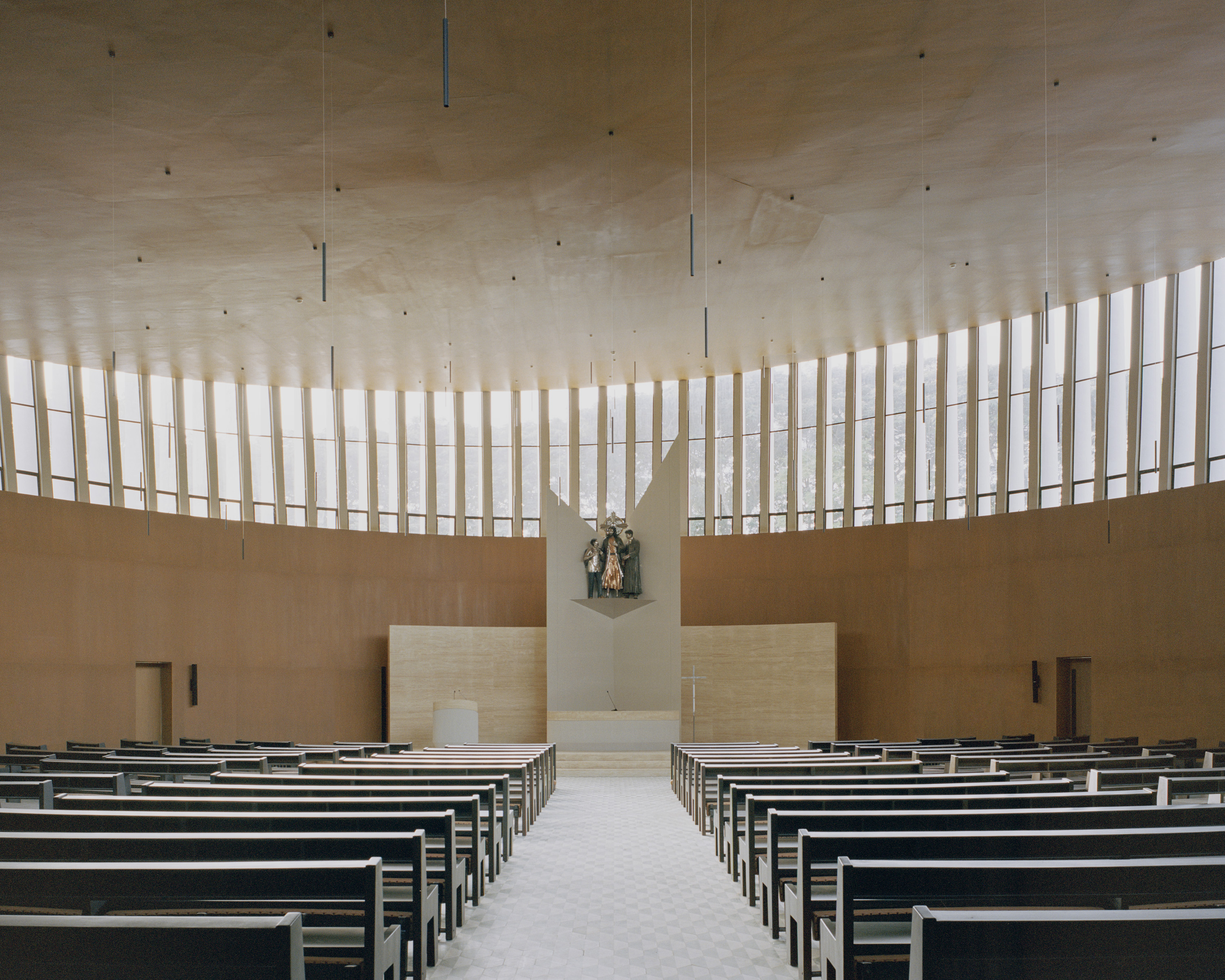
Santuario de La Salle
At multiple moments inside and outside of the scheme, CAZA's design allows people to connect with their faith, community and nature.

Santuario de La Salle
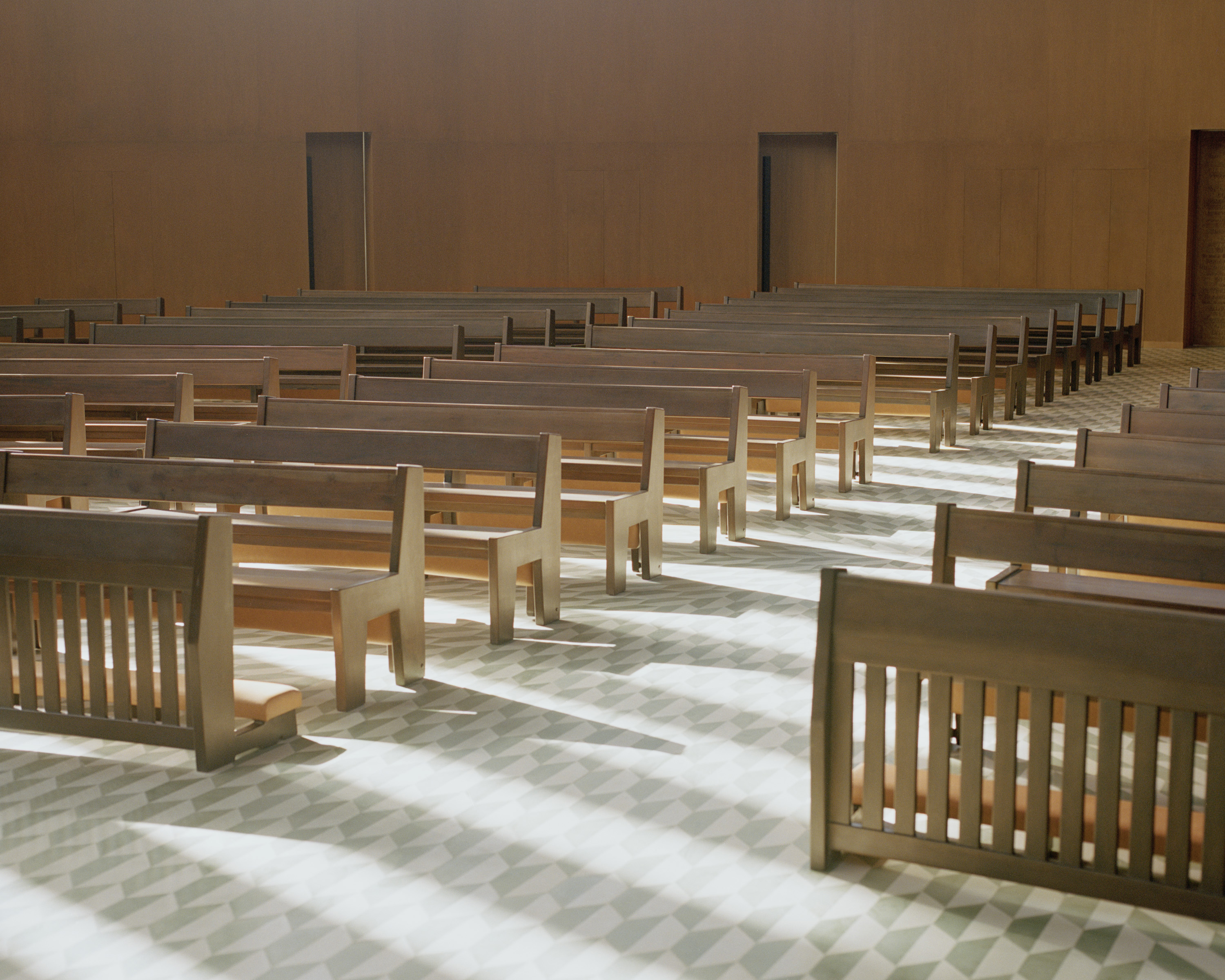
Inside Santuario de La Salle
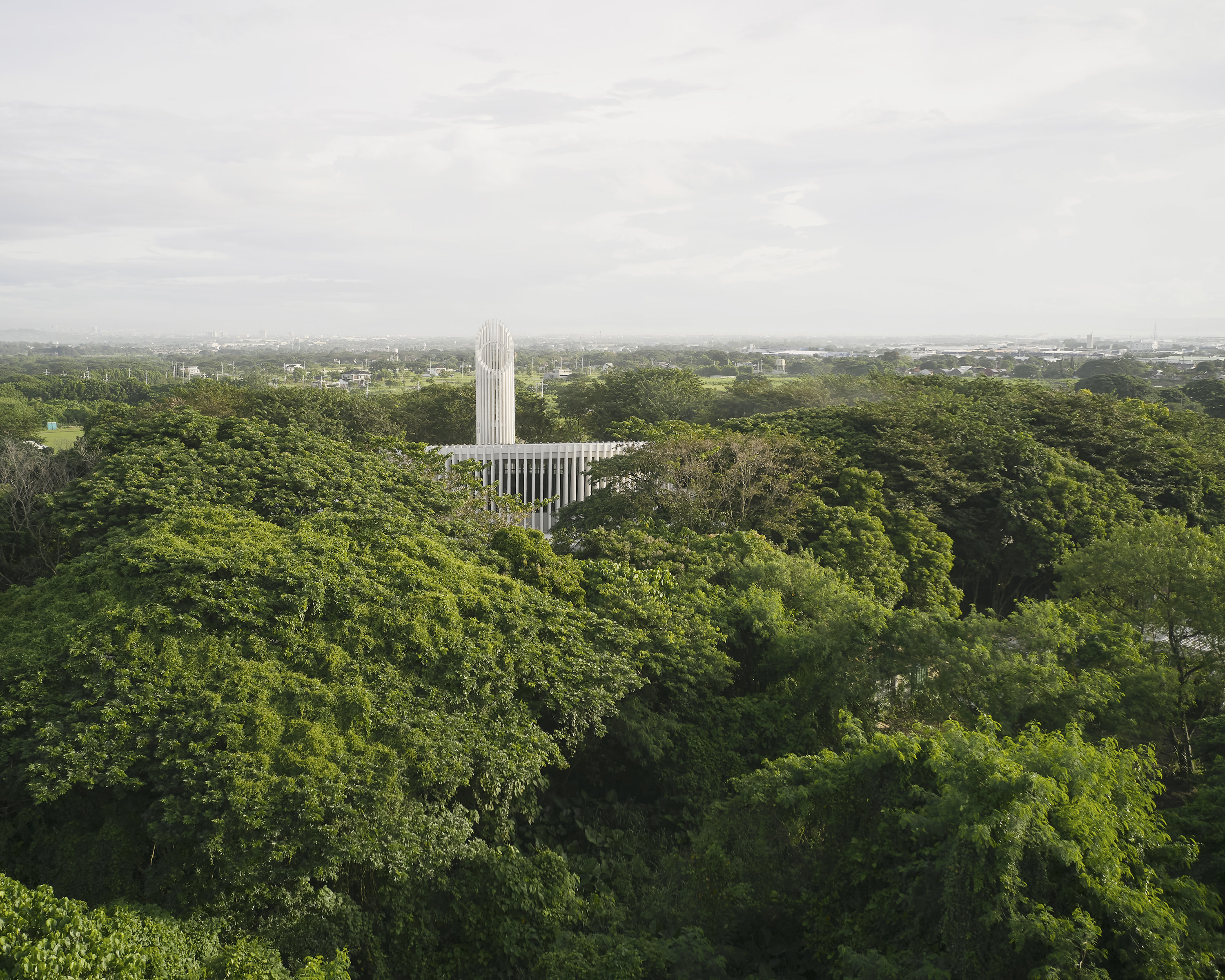
Santuario de La Salle
Santuario de La Salle
727V+2Q9 De La Salle University Laguna Campus
LTI Spine Road, Laguna Blvd, Biñan, Laguna, Philippines
Nana Ama Owusu-Ansah is a writer and photographer from London. She first wrote for Wallpaper* in 2021, in a series on the new vanguard of African designers practising in Africa and its diaspora. She is drawn to projects centring on decolonial approaches to art, architecture, as well as community and sustainability. Nana Ama read Economics and Spanish at University of St Andrews, and, as an avid linguist, is passionate about using accessible language to invite new audiences to engage in design discourse.
-
 Eight questions for Bianca Censori, as she unveils her debut performance
Eight questions for Bianca Censori, as she unveils her debut performanceBianca Censori has presented her first exhibition and performance, BIO POP, in Seoul, South Korea
-
 How to elevate a rental with minimal interventions? Charu Gandhi has nailed it with her London home
How to elevate a rental with minimal interventions? Charu Gandhi has nailed it with her London homeFocus on key spaces, work with inherited details, and go big on colour and texture, says Gandhi, an interior designer set on beautifying her tired rental
-
 These fashion books, all released in 2025, are the perfect gift for style fans
These fashion books, all released in 2025, are the perfect gift for style fansChosen by the Wallpaper* style editors to inspire, intrigue and delight, these visually enticing tomes for your fashion library span from lush surveys on Loewe and Louis Vuitton to the rebellious style of Rick Owens and Jean Paul Gaultier
-
 This tiny church in Denmark is a fresh take on sacred space
This tiny church in Denmark is a fresh take on sacred spaceTiny Church Tolvkanten by Julius Nielsen and Dinesen unifies tradition with modernity in its raw and simple design, demonstrating how the church can remain relevant today
-
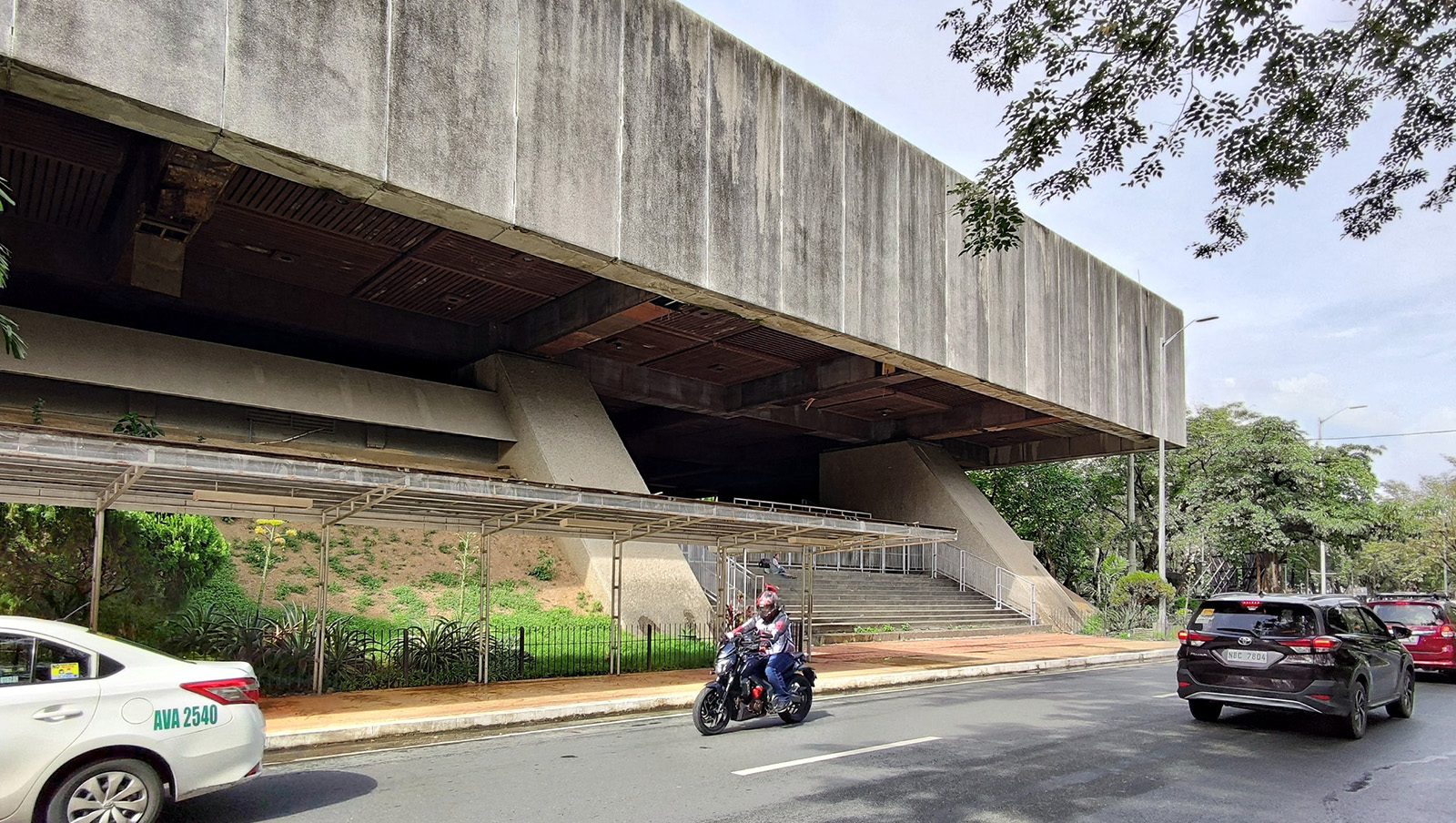 Brutalism’s unsung mecca? The Philippines
Brutalism’s unsung mecca? The PhilippinesPhilippine brutalism is an architecture subgenre to be explored and admired; the brains and lens behind visual database Brutalist Pilipinas, Patrick Kasingsing, takes us on a tour
-
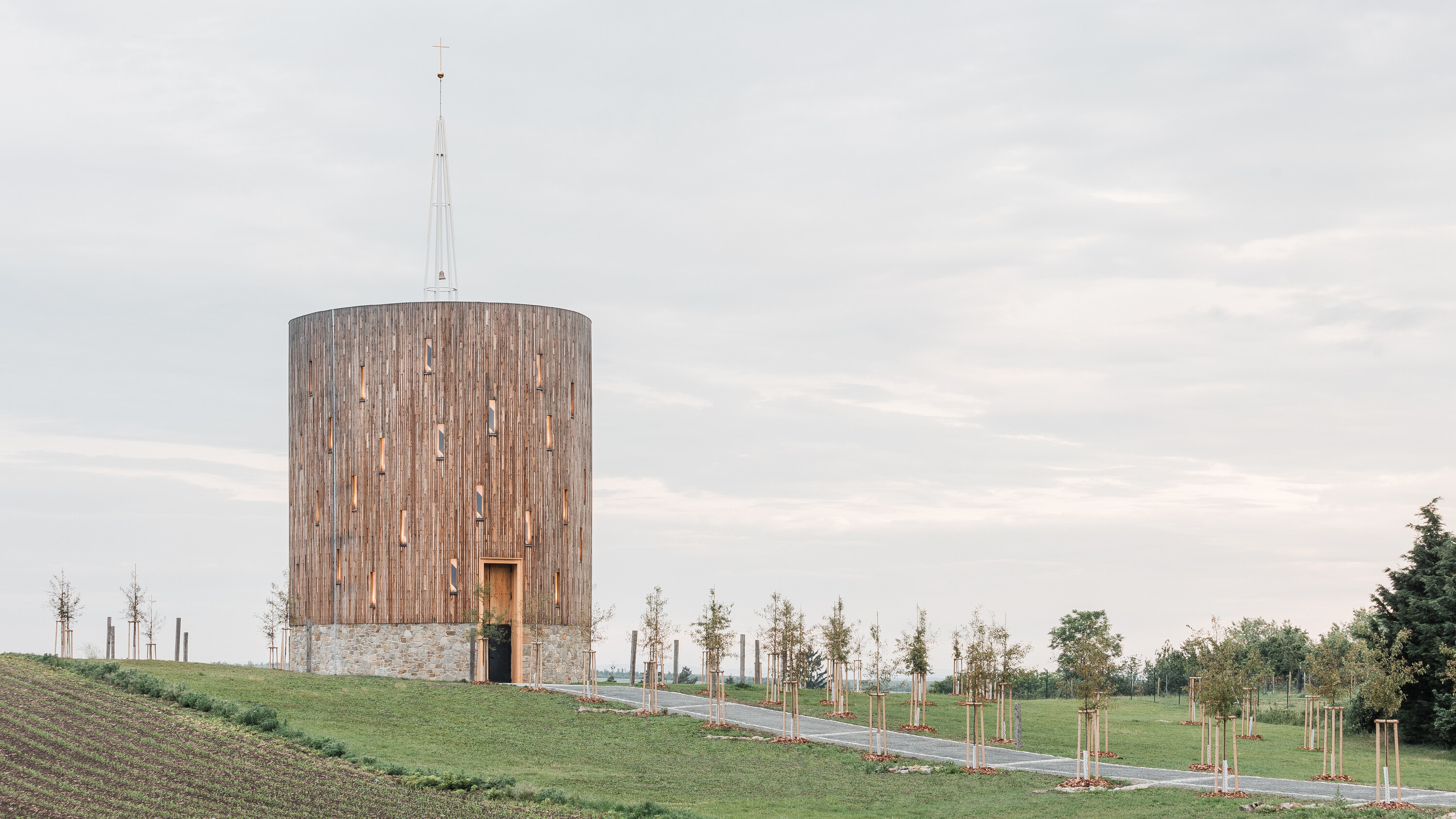 A new village chapel in the Czech Republic is rich in material and visual symbolism
A new village chapel in the Czech Republic is rich in material and visual symbolismStudio RCNKSK has completed a new chapel - the decade-long project of Our Lady of Sorrows in Nesvačilka, South Moravia
-
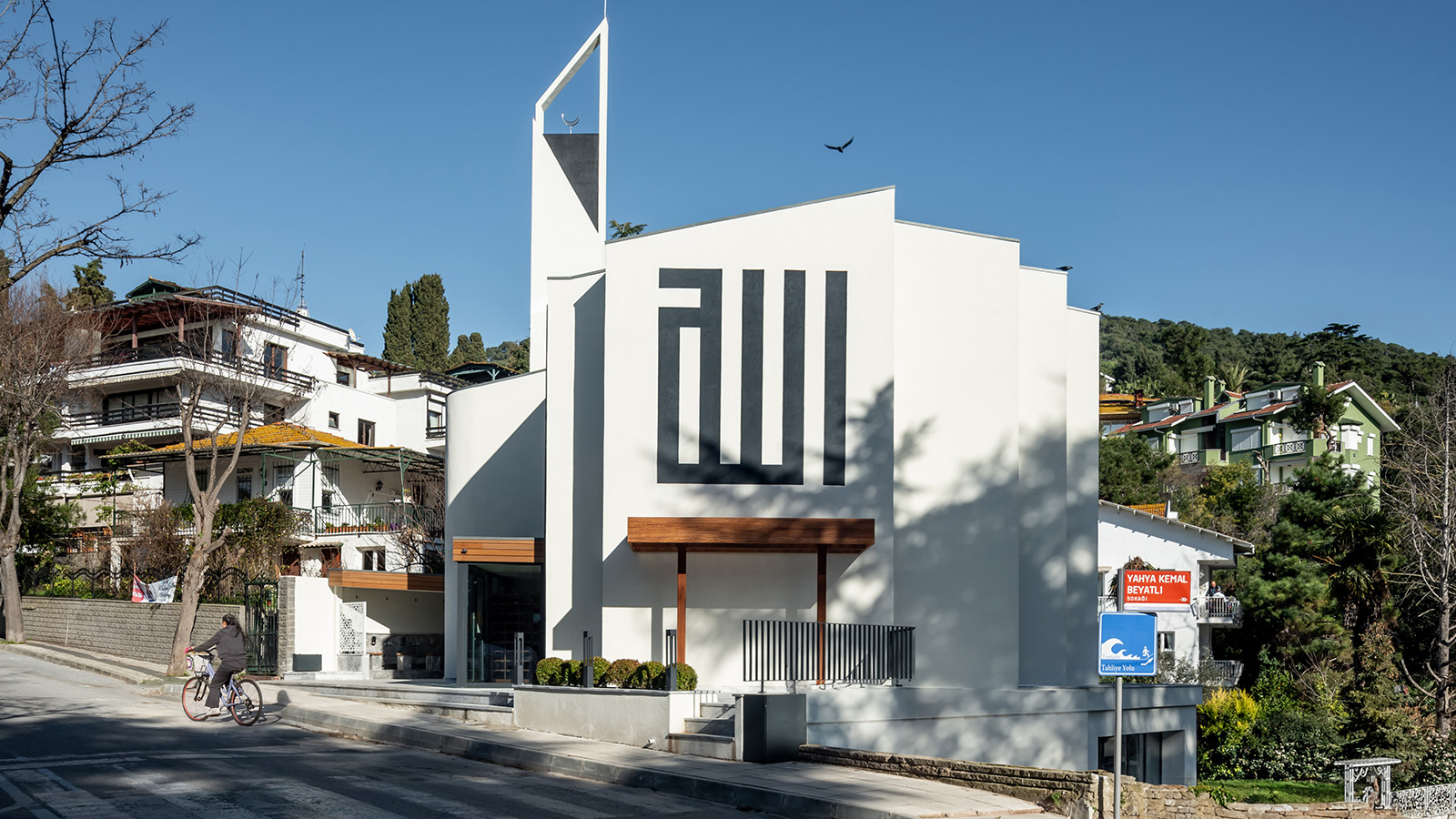 A contemporary Istanbul mosque offers a take on tradition
A contemporary Istanbul mosque offers a take on traditionTurkey's Degostudio crafts this Istanbul mosque as a new, functional space for worship with accessible facilities
-
 Concrete House by the Ocean opens up to the elements in The Philippines
Concrete House by the Ocean opens up to the elements in The PhilippinesConcrete House by the Ocean by architect Micaela Benedicto of MB Architecture Studio is designed as an open-air pavilion in The Philippines
-
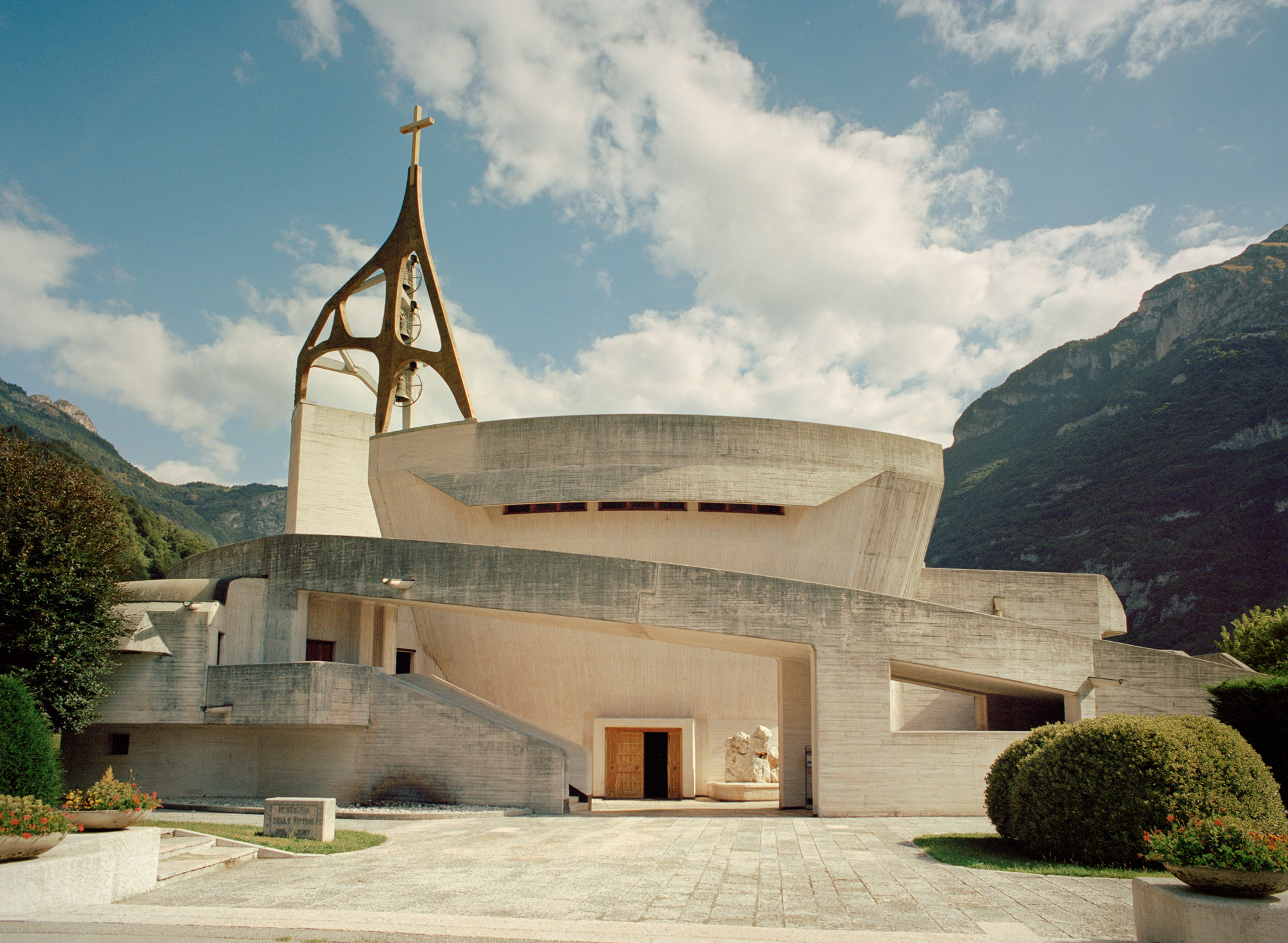 Giovanni Michelucci’s dramatic concrete church in the Italian Dolomites
Giovanni Michelucci’s dramatic concrete church in the Italian DolomitesGiovanni Michelucci’s concrete Church of Santa Maria Immacolata in the Italian Dolomites is a reverently uplifting memorial to the victims of a local disaster
-
 The modernist First Christian Church celebrates its iconic tower’s restoration in Columbus
The modernist First Christian Church celebrates its iconic tower’s restoration in ColumbusThe modernist First Christian Church in Columbus, Indiana, designed by Eliel and Eero Saarinen, has completed extensive restoration works on its iconic tower
-
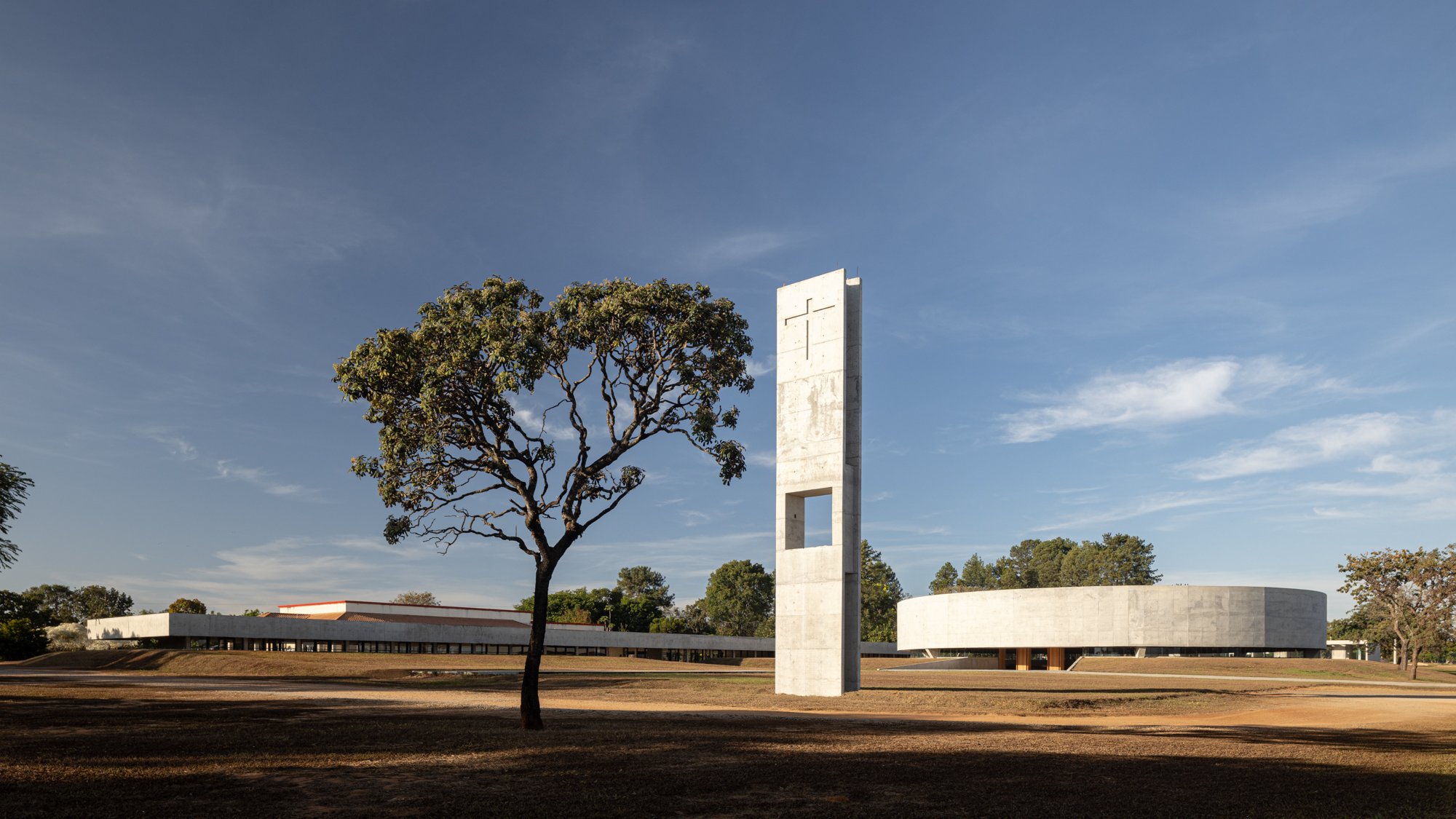 A spectacular Brazilian church evokes the spirit of Niemeyer and Costa
A spectacular Brazilian church evokes the spirit of Niemeyer and CostaARQBR Arquitetura e Urbanismo has shaped a dramatic new concrete Brazilian church that emerges from the landscape of the country's Highlands